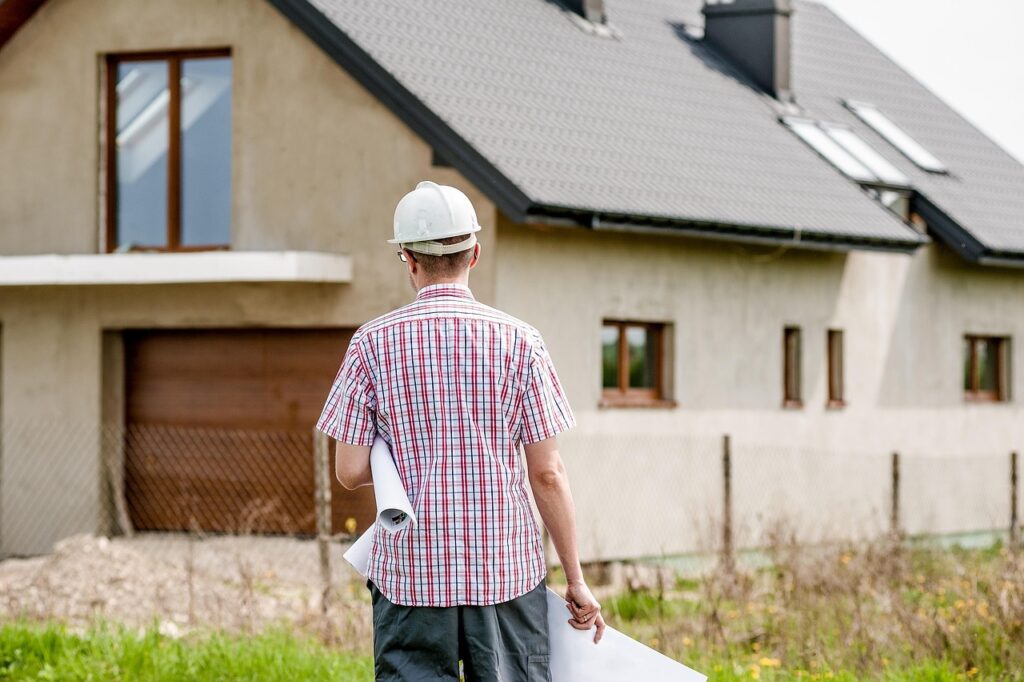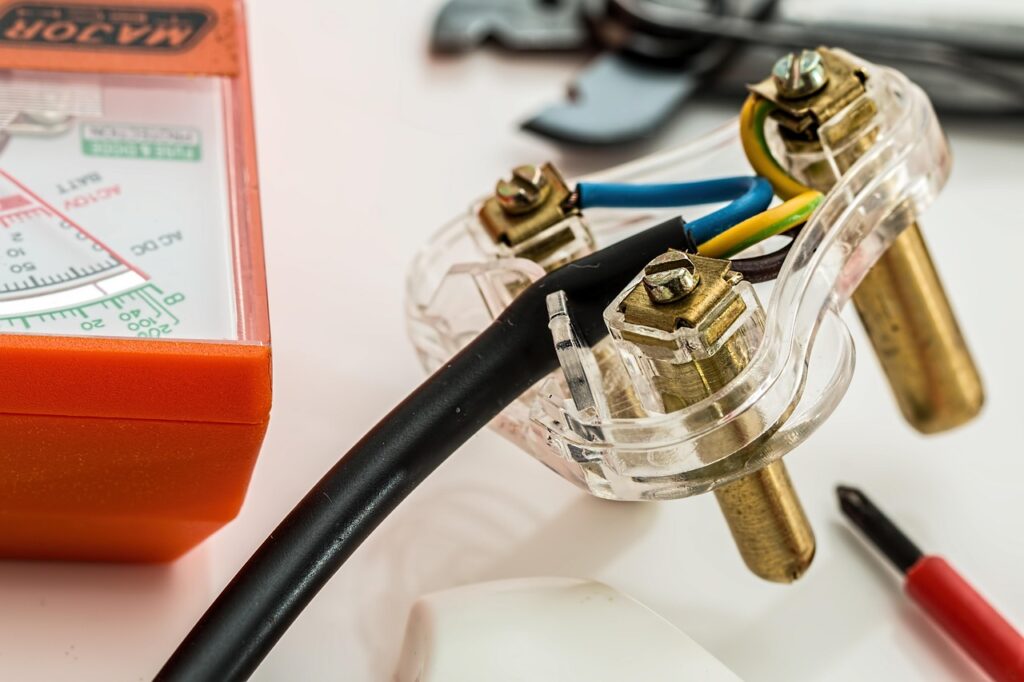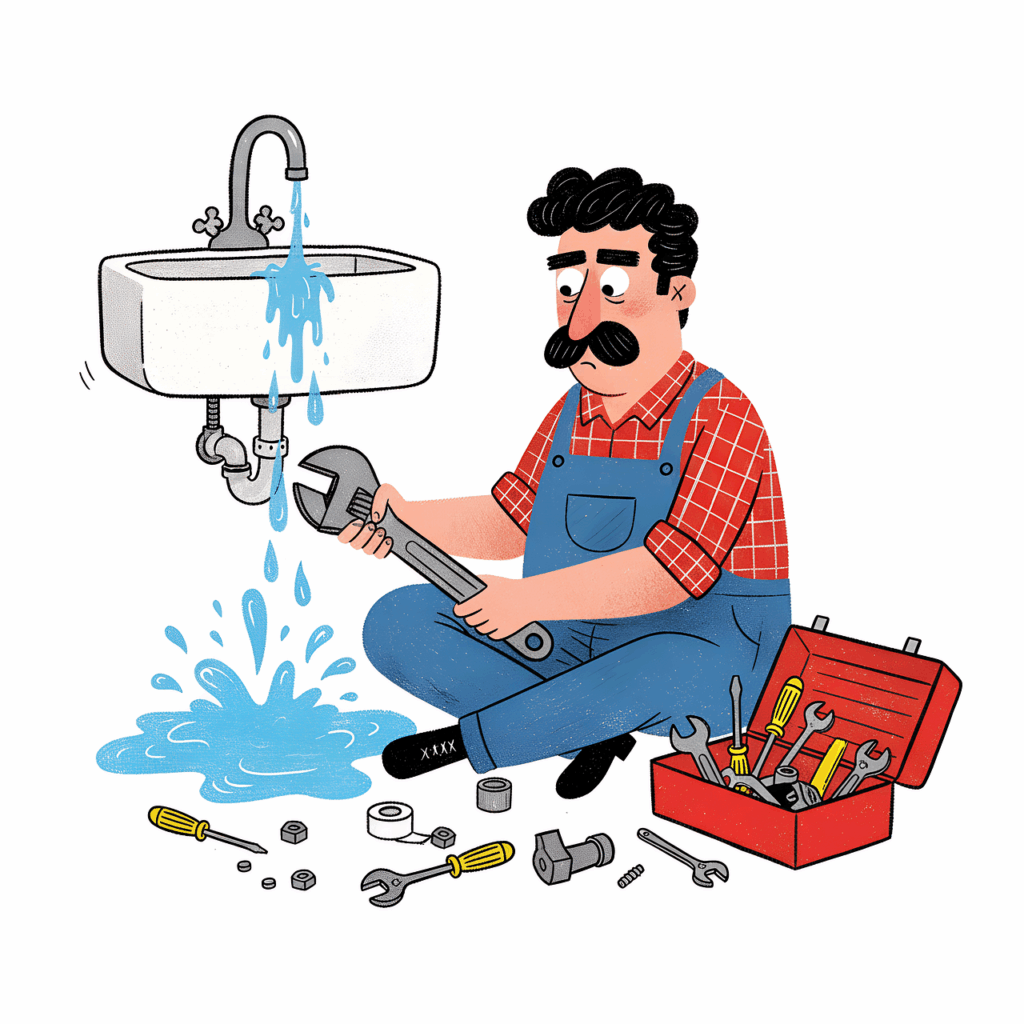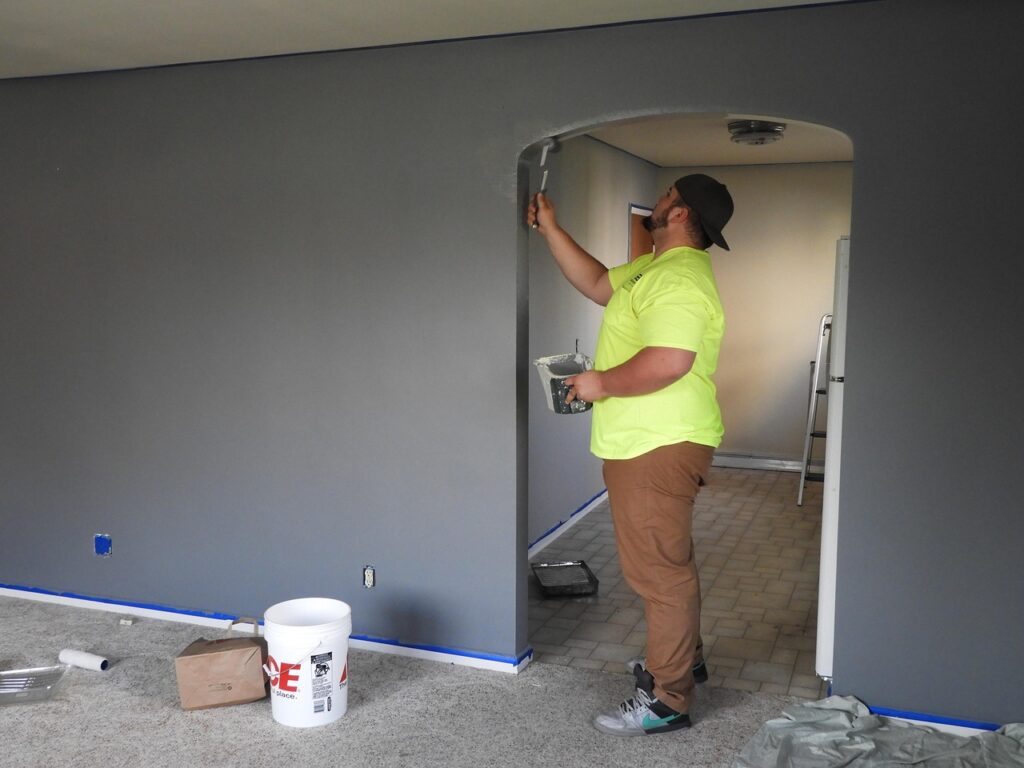
The allure of taking on home improvement projects yourself is incredibly strong. There’s a deep satisfaction in transforming your living space, fixing what’s broken, and the undeniable appeal of saving hundreds, or even thousands, of dollars by not paying for professional labor. It’s a chance to roll up your sleeves, learn new skills, and truly make your house feel like your own.
However, this enticing path to DIY glory is often paved with good intentions that, unfortunately, can lead to costly and frustrating mistakes. As David Pekel, president of Pekel Construction in Milwaukee and a master certified remodeler, aptly puts it, he’s frequently greeted on Monday mornings by frantic calls from homeowners needing help to remedy the weekend’s DIY home repair fails. What starts as an innocent attempt to repair cracks, caulk a bathtub, or install a new toilet can quickly spiral into a full-blown disaster if shortcuts are taken or crucial steps are overlooked.
This isn’t about discouraging your DIY spirit; it’s about empowering it with knowledge. In the world of home repair, knowing what *not* to do is just as vital as understanding the ‘how-to.’ We’re here to unmask 14 of the most common home repair shortcuts that not only annoy seasoned contractors but can also seriously jeopardize your home’s value and future buyer appeal. By understanding these pitfalls, you can approach your next project with confidence, avoiding the traps that turn a simple fix into a much larger, more expensive headache.
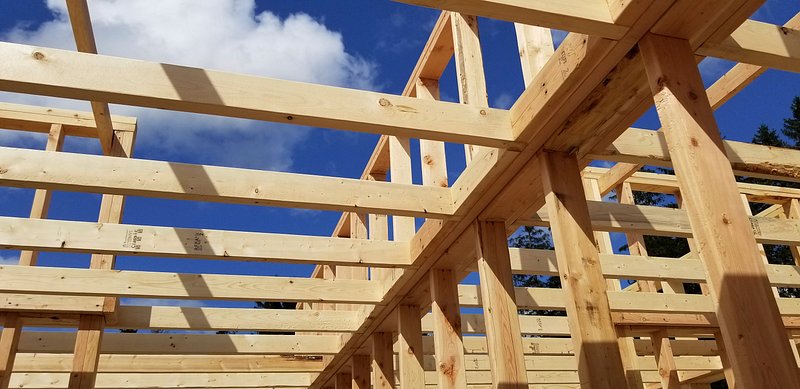
1. **Not Understanding Your Home’s Structure**Before you undertake any renovation involving your home’s structure, you must be confident that you know exactly what is where. It’s incredibly tempting to assume a wall is just a wall, or that a ceiling is simply plaster and paint, but this assumption can lead to significant problems. Plunging into a structural project without proper investigation is akin to flying blind, risking damage to essential components of your home.
What truly hides behind those pieces of painted drywall might surprise you. Electrical wiring, intricate plumbing systems, critical structural supports, insulation, and possibly even soundproofing material are all common elements that can be severely compromised by misplaced nails or ill-advised cuts. A single errant drill hole could strike a live wire, creating a dangerous electrical hazard, or puncture a pipe, leading to an immediate and potentially extensive water leak.
Beyond the functional elements, opening up a wall or floor can reveal hidden damage caused by pests, mold, or water from a previous, undetected leak. Discovering these issues mid-project means you’re not just repairing your initial target, but you’re now obligated to address these underlying problems, which are often more complex and costly. Proper structural understanding from the outset helps you anticipate such surprises and plan for comprehensive repairs, rather than creating new ones.
Read more about: Stop the Cycle: 14 DIY Repairs That Prove Your Quick Fixes Just Aren’t Forever
2. **Not Measuring Everything (At Least) Twice**“Measure twice, cut once” is a timeless adage in the world of construction and renovation, and for good reason. However, as the context points out, this wisdom was originally intended for professionals. If you’re new to renovating or embarking on a significant DIY project, you’ll want to measure at least twice, if not three times or more, to guarantee accuracy. It’s a simple, seemingly trivial step, but its importance cannot be overstated.
A small measuring mistake, even as minor as one-half-inch, can have catastrophic consequences for your project. Imagine spending hours on precise cuts for new kitchen cabinets, only to find they don’t quite fit into the designated space. Or envision laying out an elaborate tile pattern, only to discover that the tiles won’t line up perfectly due to a slight miscalculation at the start. These errors don’t just look bad; they necessitate expensive rework, wasted materials, and significant delays.
Checking and double-checking your measurements before making any irreversible moves is the golden rule. Whether you’re cutting crown molding, tiling a floor, or installing new paneling, an incorrect cut means you can’t simply go back and make it longer. The material is ruined, and you’re back to square one, often with a trip back to the hardware store. Taking a few extra moments to confirm your numbers can save you hours of frustration and significant financial outlay in replacement materials.

3. **Not Using Quality Tools And Materials**Another tempting shortcut homeowners often take when starting do-it-yourself home projects is to opt for cheaper materials or simply use whatever tools they happen to have handy. The immediate savings on a budget-friendly paint can or a discount lumber batch can seem appealing, especially when you’re already saving money on labor costs. Yet, this approach often proves to be a false economy, leading to inferior results and premature failure.
Keep in mind that when you undertake a DIY project, you are making an investment in your home. The money you save by not hiring professionals should ideally be reinvested into acquiring top-quality materials that are designed to withstand the test of time and perform as expected. Using interior paint on an exterior porch, for instance, might look fine for a few weeks, but its inability to resist sun, rain, and temperature fluctuations will quickly lead to peeling and fading, requiring you to redo the job sooner rather than later.
The same principle applies to tools. While it might seem practical to make do with a basic toolkit or borrow suboptimal equipment, cheap tools wear out quickly, can break under pressure, and often don’t perform as efficiently or accurately as their higher-quality counterparts. This can make the job harder, compromise the quality of your work, and even pose safety risks. Investing in the right tools and materials, even if it costs a bit more upfront, ensures a more durable, professional-looking result and saves you from the inevitable frustration and expense of premature repairs.
Read more about: Can Brand Love Really Last Forever? These 11 Iconic Brands Show Us the TRUTH About Loyalty!

4. **Overestimating Your DIY Skills and Not Calling A Professional After You Mess Up**There’s a fine line between healthy confidence in your abilities and biting off more than you can chew when it comes to home repairs. The internet, with its vast array of instructional videos and guides, can make complex projects appear deceptively simple, leading many homeowners to overestimate their DIY skills. While watching a few YouTube videos can provide valuable insight, it’s rarely a substitute for genuine experience, especially when dealing with critical home systems.
Taking on tasks that are beyond your true skill level can quickly transform a minor fix into a full-blown disaster, with serious consequences. Improper electrical work can lead to dangerous shocks or, worse, become a fire hazard. Faulty plumbing installations can result in significant leaks, causing water damage to ceilings, floors, and walls, and potentially fostering mold growth. As David Pekel bluntly states, “If you have to go to YouTube to learn something, you probably don’t know what you’re doing.” Being cautious and understanding your limitations is paramount.
The most critical shortcut to avoid at all costs is refusing to call a professional if you’ve made a significant mistake. If you’ve drilled into the wrong wire, caused a substantial leak, or damaged something beyond your repair capabilities, the worst thing you can do is try to patch it up or hide the error. Swallowing your pride and calling in an expert immediately can prevent the problem from escalating into something far more dangerous or expensive. Professionals can assess the damage, ensure safety, and perform a lasting repair, allowing you to sleep soundly knowing the issue won’t resurface unexpectedly.
Knowing when to hire a contractor is a sign of smart homeownership. A good rule of thumb is to leave projects involving electricity, gas lines, structural changes, or those requiring permits to the pros. Sometimes, the initial investment in professional help saves you a tremendous amount of time, money, and stress in the long run, safeguarding your home and your peace of mind.
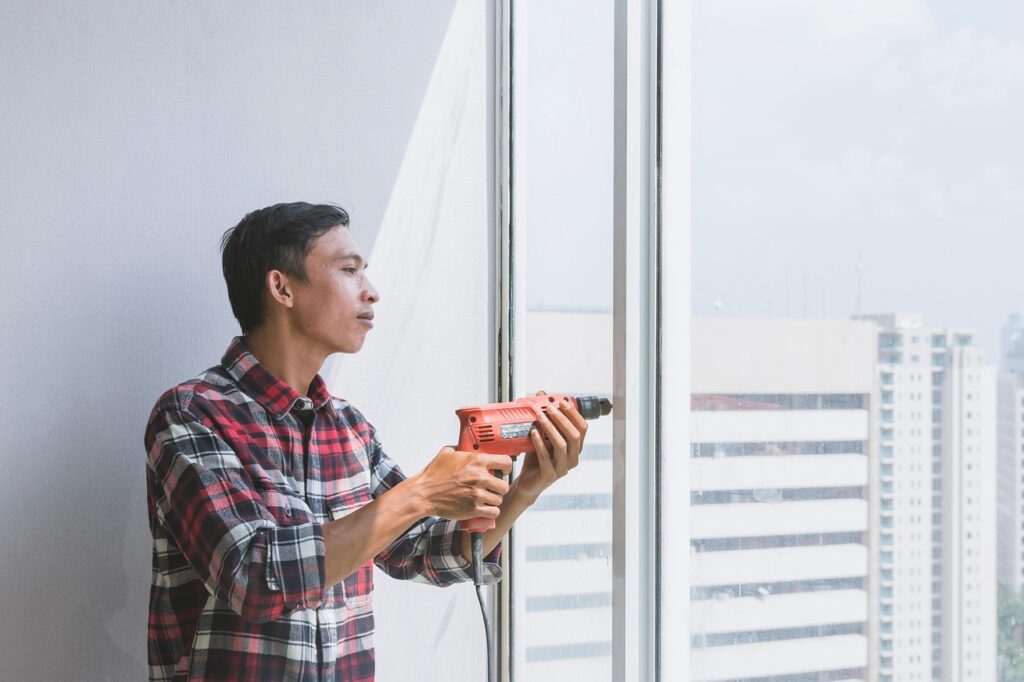
5. **Beware of Plumbing Projects**Plumbing repairs are often viewed as an accessible DIY task, but as many homeowners learn the hard way, they are “especially tricky” and fraught with potential for disaster. The temptation to fix a leaky faucet or replace a toilet mechanism to save money is understandable, yet the consequences of a small error can be disproportionately large and incredibly costly. Water damage is a homeowner’s nemesis, and plumbing mistakes are a direct path to it.
Andy Prescott, who writes the blog Art of Being Cheap, vividly recounted his own plumbing nightmare. After replacing a flushing mechanism in a rental house toilet, he thought he had done a great job. However, he failed to attach the hose tightly enough, resulting in a leak that ruined the downstairs carpet and cost him a staggering $1,000 to replace. Undeterred, he tried again at his own house, making sure the hose was tight, but still couldn’t stop a persistent leak. After taking the toilet apart four times, he finally gave up and called a plumber, incurring a $150 bill and forcing his family to live without water for two days. His conclusion: “No more plumbing for me. I stick with only the most simple repairs now.”
If you’re still game to tackle a DIY plumbing project, there are fundamental rules to follow. The absolute first rule of plumbing is to make sure you turn off the main water supply before you start any project. This essential step can prevent a small leak from turning into a flood. Furthermore, if you have only one bathroom in your home, be prepared to make alternative arrangements, like staying overnight elsewhere, if something goes wrong and the water needs to remain off for an extended period. These precautions can mitigate the impact of unforeseen problems and protect your home from significant water damage.
Even experienced professionals encounter unexpected problems with plumbing, such as discovering hidden ductwork or substandard work done by previous renovators behind walls. This underscores the inherent complexities and the potential for hidden issues in plumbing systems, making them an area where caution and professional assistance are often the smartest choices.
Read more about: DIY Disasters Uncovered: 13 Epic Home Renovation Mistakes That Turned Dreams into Nightmares
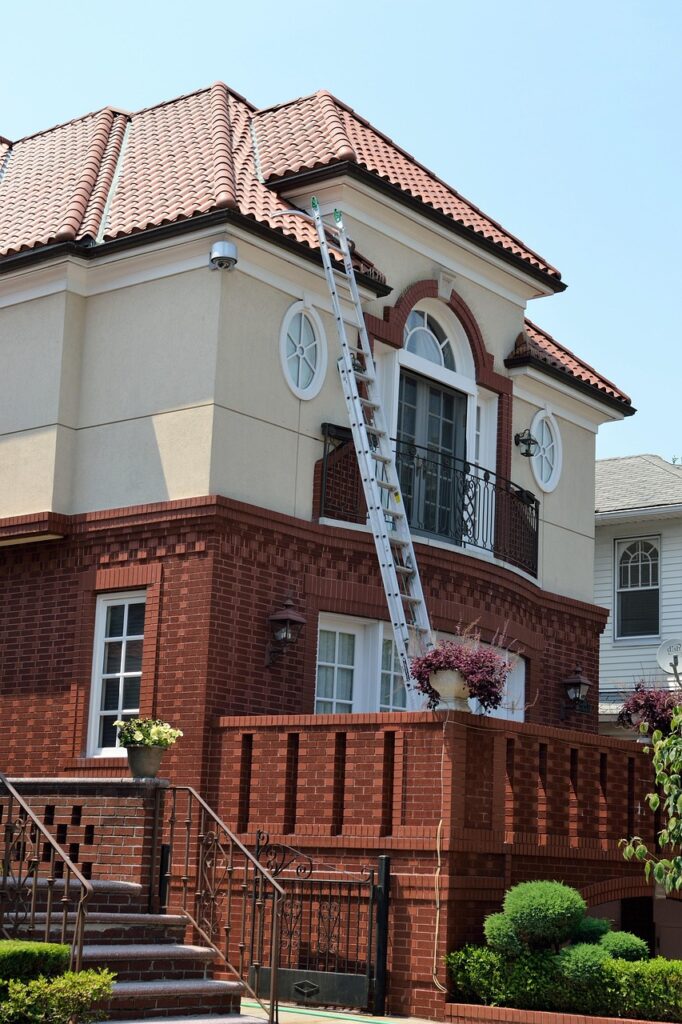
6. **Leave Electrical Projects to the Professionals**When it comes to home repairs, few areas carry as much inherent risk as electrical work. While changing a simple light fixture might be within the capabilities of a knowledgeable homeowner, many other electrical projects are far more complicated and demand the expertise of a professional. The difference between a simple swap and a complex installation, such as replacing a light fixture with a ceiling fan, is significant, involving more than just connecting a couple of wires.
Attempting electrical work without a thorough understanding of circuits, wiring codes, and safety protocols can lead to extremely dangerous situations. Improper wiring is a serious fire hazard, and even a minor mistake can result in electrical shocks, which can be life-threatening. The most crucial safety measure, emphasized repeatedly by experts, is to turn off the breaker for the relevant circuit *before* you touch anything. This simple act can literally save your life.
Beyond the immediate safety concerns, improperly executed electrical work can lead to ongoing problems, ranging from flickering lights and tripped breakers to overloaded circuits. These issues not only create inconvenience but can also indicate underlying dangers that compromise the safety and functionality of your home’s electrical system. For any project involving significant modifications to your electrical panel, adding new circuits, or installing major appliances, it is always advisable to defer to a licensed electrician. Their training ensures the work is done safely, correctly, and in compliance with all local codes, protecting your home and its occupants.
Read more about: Mechanics’ Warnings: Unpacking the 14 Defining Characteristics of the Worst DIY Repair Tricks
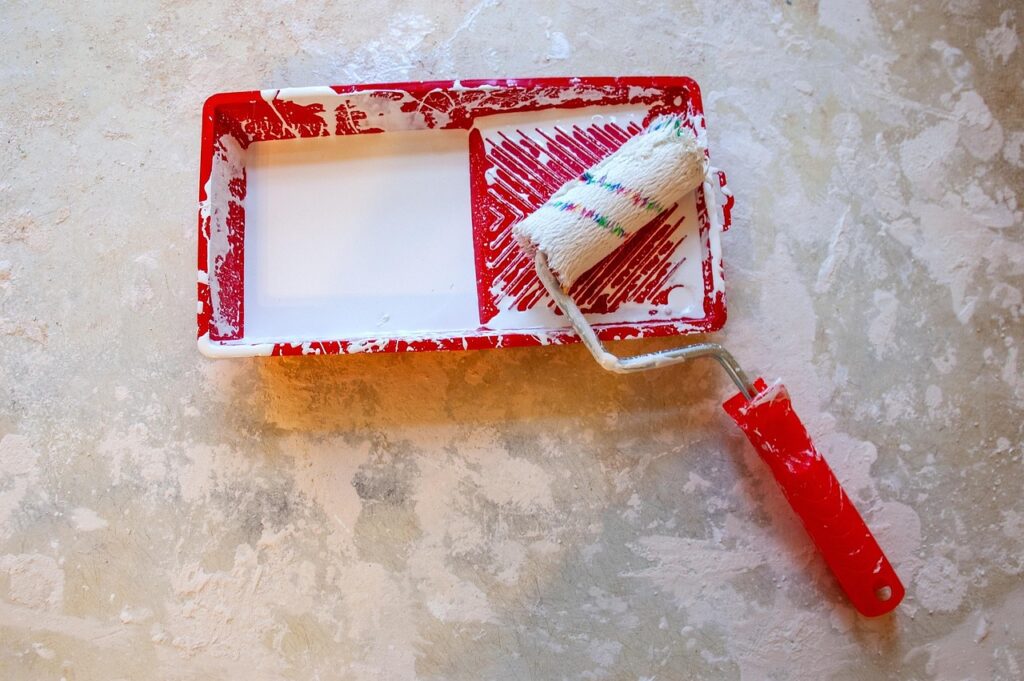
7. **Ignoring Permits or Local Codes**Permits often feel like an unnecessary bureaucratic hurdle – just more paperwork, fees, and delays standing between you and your finished project. However, ignoring permits or local building codes is one of the most significant and potentially costly home improvement violations a DIYer can make. While skipping them might save a bit of time or money upfront, the long-term consequences can be severe and far-reaching.
Certain projects, especially those involving electrical, plumbing, or any structural changes, almost universally require a permit. This includes tasks like moving walls, upgrading your electrical panel, adding a bathroom, or even installing a new deck. These regulations are not arbitrary; they are in place to ensure that work is performed safely, meets minimum quality standards, and protects the integrity and value of your home. They ensure the work is inspected by qualified officials, adding a crucial layer of accountability and safety.
If you proceed with major renovations without the necessary permits, you could face substantial fines, red tags that halt your project, and potentially be required to tear out and redo the work to meet city specifications. Furthermore, unpermitted work can create significant problems when you decide to sell your home. Many cities require presale inspections, and discovering unpermitted work can lead to fines, the need for retroactive permits, and even a reduction in your home’s market value or a complete derailment of the sale. Always check with your local municipality or county building department before starting any substantial project; it’s not just about following rules, it’s about protecting your investment and avoiding expensive surprises down the road.
Continuing our exposé of DIY blunders, we now turn our attention to more crucial mistakes often made during home repair. These aren’t just minor missteps; they are shortcuts that can seriously compromise project execution, lead to poor material choices, make managing unforeseen challenges impossible, and ultimately jeopardize your home’s long-term value and safety. By understanding these next seven pitfalls, you’ll be even better equipped to approach your next home improvement task with confidence and competence. This knowledge will save you headaches, money, and ensure your hard work truly enhances your home.
Read more about: The Ultimate Guide to RV Residency: Unpacking Which US States Make Living on Your Own Land Illegal (and How to Navigate the Rest)

8. **Not Relying Solely on Online Tutorials for Critical Projects**The internet offers an incredible wealth of information, and it’s certainly tempting to turn to YouTube videos or detailed online instructions for any DIY home repair project. For many, these resources are the first and only stop for learning how to tackle a new task. However, relying solely on these digital guides, especially for complex or critical projects, can be a significant shortcut that leads to disaster.
The critical flaw in this approach lies in the universal nature of online content versus the specific realities of your home and local conditions. A video demonstrating how to build a deck from someone in Florida, for instance, may not account for the structural demands needed to withstand “80 inches of snow” in a colder climate. Conversely, instructions from Minnesota might not provide the guidance required to “ensure your deck can survive a hurricane” in a coastal region.
Such discrepancies can have dire consequences. What looks like a simple, straightforward process in a perfectly edited video might be fraught with hidden complexities specific to your region’s climate, building codes, or even the age and construction of your house. Without this localized knowledge, you risk creating a structure that is unsafe, non-compliant, or simply won’t last.
While online tutorials are fantastic for gaining initial insights or learning basic techniques, they should always be supplemented with local research, consultation with hardware store experts, or even professional advice for projects involving structural integrity, safety, or significant investment. Never assume a generic online guide is a substitute for understanding your unique project context.
Read more about: Workplace Evolution: 10 Core Practices Gen X Embraced, and How Digital Natives Are Crafting the Future of Work
9. **Not Considering What Your Time is Worth**The appeal of DIY often centers on saving money, primarily by avoiding labor costs. This financial motivation is powerful, and many homeowners dive into projects without fully calculating the true cost, especially the value of their own time. This oversight can turn an ostensibly money-saving endeavor into a hidden financial drain.
Consider this example: If you earn $100 an hour at your regular job, and a task like replacing a faucet takes you three hours of dedicated effort, you’ve effectively “spent” $300 in lost income or leisure time. In such a scenario, the context points out that you would “probably save money by hiring a plumber,” whose specialized skills might complete the job more efficiently, often with a more durable result, even after their fee.
This isn’t to say that all DIY is inherently uneconomical. There’s undeniable value in acquiring new skills and the personal satisfaction derived from completing a project yourself. As the context notes, “Knowledge is priceless.” However, it’s crucial to differentiate between projects chosen for skill development or enjoyment, and those undertaken purely for perceived cost savings without a realistic assessment of the time investment.
When evaluating a DIY project, take a moment to calculate the potential hours you’ll invest, including research, material runs, and the actual work. Compare this against the cost of hiring a professional and consider what your time is truly worth to you. Sometimes, paying an expert allows you to focus on activities where your time is more valuable or simply allows you to enjoy your precious free time, making it a more prudent choice in the long run.
Read more about: Unpacking M. Night Shyamalan’s ‘Old’: A Deep Dive into the Time-Bending Beach Thriller’s Genesis and Impact
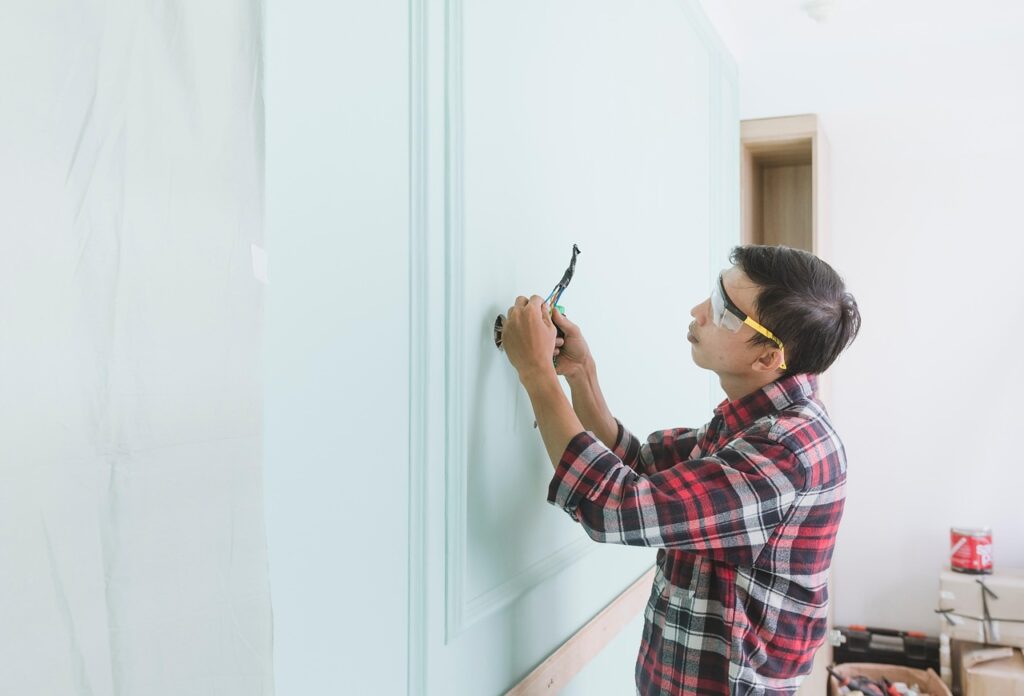
10. **Not Being Prepared to Live with the Results**One of the most overlooked aspects of DIY home repair is the final outcome – and whether you’ll genuinely be happy with it. The rush to complete a project or the decision to cut corners often leads to results that are less than professional, creating lasting annoyances that diminish the satisfaction you hoped for. This shortcut means not truly considering the long-term impact of your workmanship.
The quality of your work directly impacts your daily life and your home’s aesthetics. The context provides a relatable example: “Can you install crown molding well enough to be happy with the results? Or will it forever bug you that it’s not exactly straight?” A crooked line, an uneven finish, or a slightly misaligned tile can become a constant visual irritation, undermining the purpose of the renovation in the first place.
Beyond the visual, there’s the disruption to your home during the project itself. Undertaking a major renovation means a period of “disarray.” If you “gut the kitchen and end up taking six months to redo it,” you must be prepared to “live without a kitchen for that long.” This practical aspect of project management is often underestimated, leading to prolonged inconvenience and stress for everyone in the household.
Before embarking on a project, realistically assess your skills and commitment. Ask yourself if you can achieve a standard of quality that you’ll be proud of, and if you’re genuinely prepared for the temporary disruption. Acknowledging these realities upfront helps you make informed decisions, ensuring the final results truly enhance your living space rather than adding to your list of regrets.
Read more about: Avoid These 12 Barbecue Blunders: Your Ultimate Guide to Mastering the Grill for Edible Success
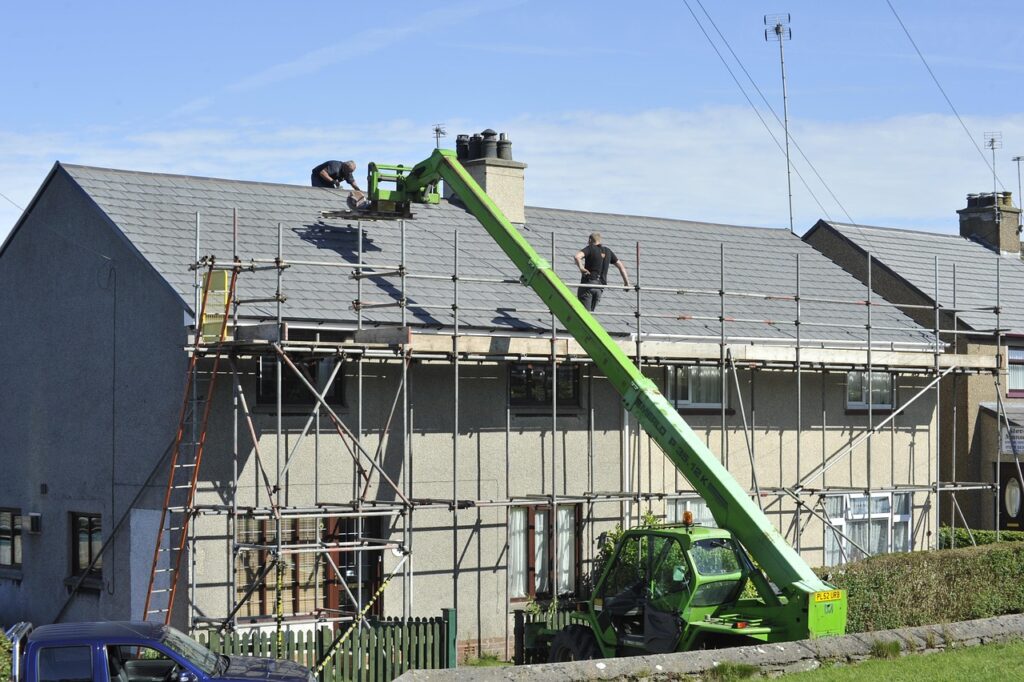
11. **Not Anticipating Scope Creep**The path to DIY disaster is frequently paved by an underestimated initial project. What starts as a seemingly “easy project” can rapidly transform into a “major overhaul” due to an insidious phenomenon known as “scope creep.” This is a shortcut in foresight, assuming a simple fix will remain simple, which rarely holds true in the world of home renovation.
David Pekel, a master certified remodeler, accurately summarizes the reality: a home repair project “typically takes twice as long as you think it’s going to and generally costs twice as much.” This isn’t pessimism; it’s a seasoned professional’s insight into the layers of hidden problems that often lie beneath the surface, waiting to be uncovered once a DIY project begins.
The experience of Kelly Whalen and her husband serves as a vivid case in point. Their initial plan for their 1970s home was straightforward: redoing the carpet, painting paneling, and ripping out built-ins in the family room. This looked like a simple refresh. However, once they began, they discovered “asbestos tile under the carpet,” necessitating professional removal. This, in turn, “damaged the paneling and an unknown layer of paneling underneath.”
What started as a modest redecoration quickly escalated into gutting the entire room, adding new insulation, putting up new drywall, and installing new wiring. A project initially perceived as simple took a grueling “six months to finish.” Whalen’s blunt conclusion offers a vital lesson for all DIY enthusiasts: “never think paint and new flooring will fix a room in an aging house. Be prepared for a full gut job.”
This underscores a critical rule: always budget for the unexpected. Any time you start a DIY home repair project, you must acknowledge that “the endeavor may turn out to be more involved and more expensive than you initially budgeted.” It is prudent to “make sure you have some cash reserves to cover the costs of a surprise room makeover.” Failing to anticipate scope creep can quickly derail your budget, timeline, and enthusiasm, turning a dream project into a prolonged nightmare.
Read more about: Finding the Song: How Poems and Prayers Offer an Antidote to Cynicism in Life’s Unfiltered Journey
12. **Rushing Through the Job**When a home repair project is underway, there’s a natural urge to get it done as quickly as possible. This desire to finish can often lead to “rushing through the job,” a common shortcut that sacrifices quality for speed and almost invariably leads to regret. Cutting corners, whether by skipping prep work, using suboptimal tools, or accepting “good enough” results, is a recipe for future problems.
Consider the consequences of impatience. Perhaps you skip proper sanding before painting, only to find your “fresh” coat of paint bubbling and peeling prematurely. Or you might apply caulk around a leaky window without properly cleaning and sealing the underlying gap, leading to water infiltration that reoccurs faster than you can say “DIY.” These seemingly minor time-savers often result in repairs that fail to last.
These shortcuts might offer a fleeting sense of productivity in the moment, but they create deeper, more costly issues down the road. Imperfect work not only looks unprofessional but can also create new problems or exacerbate existing ones. The initial time saved is almost always outweighed by the time and expense required for future corrections or complete re-dos.
Effective home repair demands meticulous “solid home repair planning.” This means allocating sufficient time to “gather the right tools, prep your space, and understand each step before you start.” Rushing might feel like progress, but it’s a deceptive shortcut that ultimately leads to more work, more frustration, and repairs that don’t stand the test of time or scrutiny from future buyers.
Read more about: Remember These Financial Game-Changers? 10 Budgeting Methods That Absolutely Mastered It as Reliability Legends.
13. **Not Addressing Water Damage Properly**Water damage is a silent, insidious threat to any home, often starting subtly but capable of snowballing into an enormous, expensive disaster if not handled correctly. Whether it originates from leaky pipes, roof vulnerabilities, or inadequately sealed windows, “ignoring the signs is a recipe for trouble.” This shortcut—a failure to fully investigate and remedy moisture issues—can compromise your home’s integrity and value.
The fundamental problem with unaddressed water is that it doesn’t simply evaporate and disappear. Instead, “left unchecked, it seeps into walls, floors, and ceilings, causing rot, warping, and even weakening the structure of your home.” Beyond structural concerns, persistent moisture creates ideal conditions for mold growth, leading to “a musty smell and black spots creeping across your drywall,” posing health risks and further damage.
Homeowners must remain vigilant for tell-tale indicators of water damage. These include “peeling paint, bubbling walls, soft spots in the floor, or discoloration on ceilings.” Spotting anything suspicious necessitates more than a superficial cover-up; it demands a thorough investigation to “dig deeper.” This means meticulously checking “under sinks, in the attic, around the roof, and behind appliances” to pinpoint the source of any leak or moisture.
Swift action is crucial once a leak is identified. Depending on its extent, water damage repair can range from merely drying out the affected area and sealing a small leak to the significant undertaking of “replacing insulation, drywall, or even flooring.” The overarching lesson is clear: address water damage proactively and completely, “before it becomes a full-on renovation project,” protecting your home from costly, long-term harm.
Read more about: Beyond the Showroom Shine: 12 Critical Factors Dulling Your Car’s Finish and How to Combat Them
14. **Forgetting About Ventilation**Ventilation, while perhaps not the most glamorous aspect of home maintenance, holds immense importance, yet it is frequently “one of the most commonly overlooked” areas by DIY enthusiasts. Neglecting proper airflow in key areas like bathrooms, attics, or crawlspaces is a significant shortcut that directly invites a host of problems, ranging from unpleasant odors to pervasive mold growth.
Consider the daily routines within your home. “Every shower or bath sends steam into the air,” and without effective means for this moisture to escape, such as “a good vent fan or window to help it escape, that moisture just lingers.” This persistent humidity creates a breeding ground for mildew and mold, particularly in moisture-prone environments.
Similarly, attics and crawlspaces are notorious for poor ventilation. When trapped, humid air accumulates in these spaces, it can lead to various “home ventilation issues like condensation, wood rot, or insulation damage.” These problems can silently undermine your home’s structural components and energy efficiency, often going unnoticed until significant damage has occurred.
Moreover, the impact of poor ventilation extends beyond physical damage to your home. It can also “mess with your indoor air quality,” especially if mold starts to proliferate. Fortunately, addressing ventilation issues is often an “easy fix if you stay on top of it.” Simple steps include installing or utilizing exhaust fans in bathrooms, opening windows during and after showers, and regularly inspecting that vents, particularly in attics or soffits, “aren’t blocked.” Proactive measures to “prevent mold and moisture buildup now can save you from a major issue down the road.”
Read more about: Simple, Smart, and Sustainable: A Good Housekeeping Guide to Cutting Your Home’s Energy Bills
At the end of the day, avoiding common home repair mistakes comes down to planning, patience, and knowing your limits. Whether you’re tackling a project yourself or bringing in the pros, taking the time to do things right can save you from costly repairs and keep your home safe. Remember, a little prep and the right knowledge go a long way. Don’t be afraid to call in professional help when a job feels out of reach—sometimes that’s the smartest way to protect your investment. Keep these home improvement advice tips in mind, and you’ll be well on your way to smoother, safer, and more successful home repairs.

